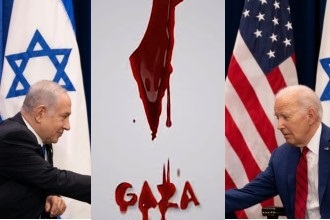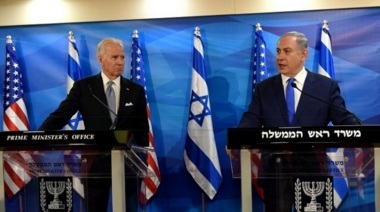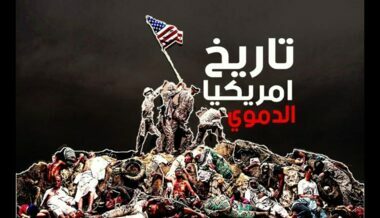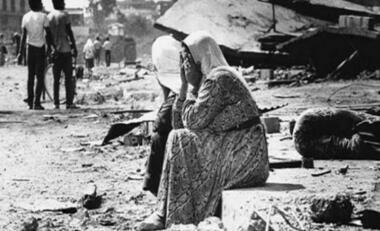Sweeping Chinese military purge exposes weakness, could widen
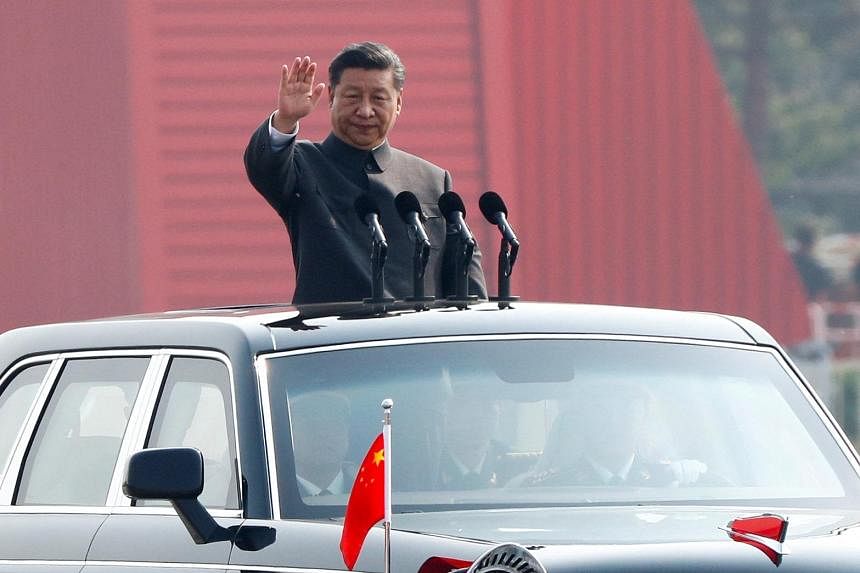
China’s top lawmakers ousted nine senior military officers from the national legislative body on Dec 29, state media reported, a step that typically precedes further punishment for wayward cadres.
Many of these were from the Rocket Force – a key arm of the People’s Liberation Army (PLA) overseeing tactical and nuclear missiles.
The purges are a setback for Chinese President Xi Jinping, who has pumped billions into buying and developing equipment as part of his modernising efforts to build a “world-class” military by 2050, with Beijing’s outsized defence budget growing at a faster pace than the economy for some years.
The recent downfall of generals and military equipment suppliers, however, has punctured some of this aura, and raised questions over whether there has been adequate oversight over these massive military investments as China vies with the United States in key areas, including Taiwan and the South China Sea.
Since Mr Xi took power in 2012, he has embarked on a wide-ranging anti-corruption crackdown among Communist Party and government officials, with the PLA being one of its main targets.
The nine PLA generals removed from the legislature hailed from several military divisions; three were former commanders or vice-commanders of the PLA Rocket Force; one a former Air Force chief and one a Navy commander responsible for the South China Sea. Four officers were responsible for equipment.
“It is a clear sign that they are being purged,” said Dr Andrew Scobell, a distinguished fellow for China at the US Institute for Peace.
‘More heads will roll’
Beijing did not explain why the generals were removed. Some analysts say the evidence points towards corruption over equipment procurement by the PLA Rocket Force.
“More heads will roll. The purge that centred around the Rocket Force is not over,” said Associate Professor Alfred Wu from the Lee Kuan Yew School of Public Policy in Singapore.
General Wei Fenghe, a former defence minister who used to head the Rocket Force, has also vanished.
When asked about his whereabouts, a Defence Ministry spokesman said in August that the military has zero tolerance for corruption.
His successor, General Li Shangfu, was abruptly removed as defence minister in October without explanation after also disappearing for months.
He had previously headed the equipment department. One of his then deputies was removed from Parliament on Dec 29.
On the same day, Admiral Dong Jun, a Chinese former Navy chief, with a South China Sea background, was named General Li’s replacement as defence minister.
Analysts say that while the Chinese military has long been known for corruption, the extent of the latest crackdown and the involvement of the PLA’s Rocket Force is shocking.
China appoints ex-navy chief Dong Jun as new defence minister
“This part of the PLA would have the most rigorous vetting process for senior officers, given the importance of having highly trusted men in charge of China’s nuclear weapons,” said Georgetown University senior fellow for the Initiative for US-China Dialogue on Global Issues Dennis Wilder.
“Moreover, it seems to have involved several senior men rather than one ‘bad apple’.”
Analysts say the purge of senior military leaders could leave the Rocket Force temporarily weakened until Mr Xi manages to put the house in order.
“The strategic nuclear force is what China relies on as the bottom line of its national security, and the last resort on Taiwan,” said Ms Yun Sun, director of the China programme at the Stimson Centre, a Washington-based think-tank.
“It will take some time for China to clean up the mess and restore confidence in the Rocket Force’s competence and trustworthiness. It means for the time being, China is at a weaker spot.”
Ms Sun described President Xi’s campaign to stamp out military corruption as a Sisyphean task “that can never be completed”.
Fight and win battles?
In the longer run, analysts expect the chronic problem of corruption to persist in the Chinese military because some root causes – including low pay for officers and opacity in military expenditure – have not been addressed.
Mr Chen Daoyin, formerly an associate professor at Shanghai University of Political Science and Law, said that the ongoing crackdown might dissuade MR Xi from risking serious clashes with other militaries in the next five to 10 years.
“Before realising how rampant corruption was, he drank his Kool-Aid and thought the military can really ‘fight and win battles’ as expected by him,” said Mr Chen, who is now a political commentator based in Chile.
“But how can the generals’ hearts be in fighting, if they are just busy lining their own pockets? Xi now knows that their proclamations of loyalty to the party and to the military ring hollow. I imagine this would zap his confidence somewhat.” REUTERS





